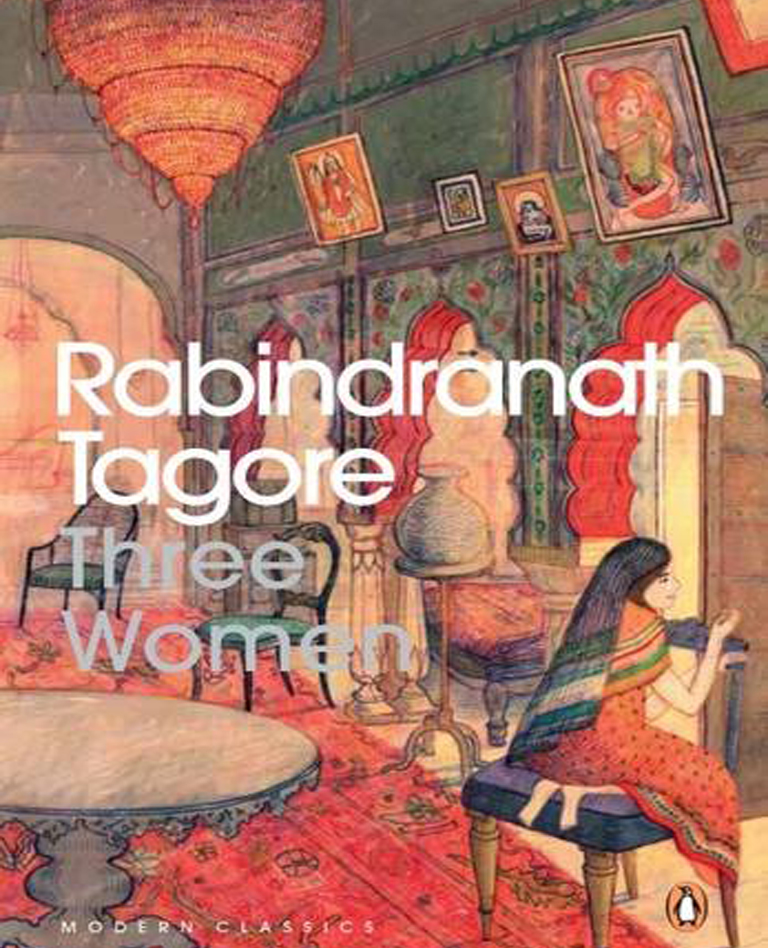You must be logged in to post a review.
Three Women
by Rabindranath Tagore
Description:
Ignored by her well-meaning husband, Charulata falls in love with a high-spirited young cousin in The Broken Nest (Nashtaneer, 1901). Sharmila, in Two Sisters (Dui Bon, 1933) witnesses her husband sink her fortunes and his passion into his business and her sister. And the invalid Neeraja finds her life slowly ebbing away as a new love awakens for her beloved husband in The Arbour (Malancha, 1934). Romantic, subtle and nuanced, Rabindranath Tagore’s novellas are about the undercurrents in relationships, the mysteries of love, the ties and bonds of marriage and above all about the dreams and desires of women.
About The Author
Rabindranath Tagore, also written Ravindrantha Thkura (7 May 1861 7 August 1941), sobriquet Gurudev, was a Bengali polymath who reshaped Bengali literature and music, as well as Indian art with Contextual Modernism in the late 19th and early 20th centuries. Author of Gitanjali and its “profoundly sensitive, fresh and beautiful verse”, he became the first non-European to win the Nobel Prize in Literature in 1913. Sometimes referred to as “the Bard of Bengal”, Tagore’s poetry was viewed as spiritual and mercurial; however, his “elegant prose and magical poetry” remain largely unknown outside Bengal.
A Pirali Brahmin from Calcutta with ancestral gentry roots in Jessore, Tagore wrote poetry as an eight-year-old. At the age of sixteen, he released his first substantial poems under the pseudonym Bhnusiha (“Sun Lion”), which were seized upon by literary authorities as long-lost classics. By 1877 he graduated to his first short stories and dramas, published under his real name. As a humanist, universalist internationalist, and ardent anti-nationalist, he denounced the British Raj and advocated independence from Britain. As an exponent of the Bengal Renaissance, he advanced a vast canon that comprised paintings, sketches and doodles, hundreds of texts, and some two thousand songs; his legacy endures also in the institution he founded, Visva-Bharati University.
Tagore modernised Bengali art by spurning rigid classical forms and resisting linguistic strictures. His novels, stories, songs, dance-dramas, and essays spoke to topics political and personal. Gitanjali (Song Offerings), Gora (Fair-Faced) and Ghare-Baire (The Home and the World) are his best-known works, and his verse, short stories, and novels were acclaimedor pannedfor their lyricism, colloquialism, naturalism, and unnatural contemplation. His compositions were chosen by two nations as national anthems: India’s Jana Gana Mana and Bangladesh’s Amar Shonar Bangla. Some sources state that Sri Lanka’s National Anthem was written by Tagore whilst others state it was inspired by his work.









Reviews
There are no reviews yet.